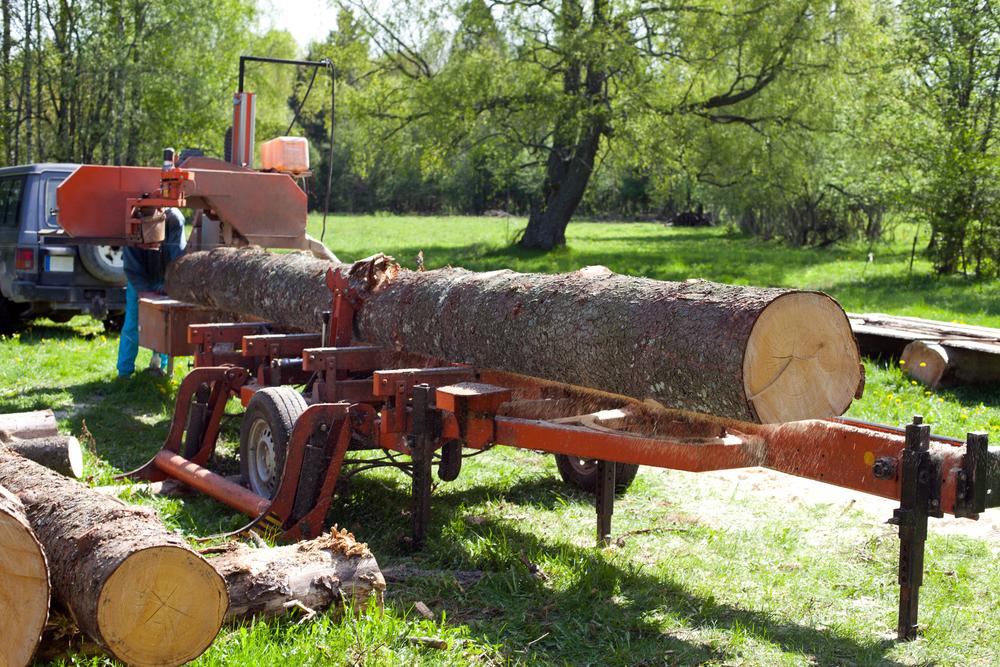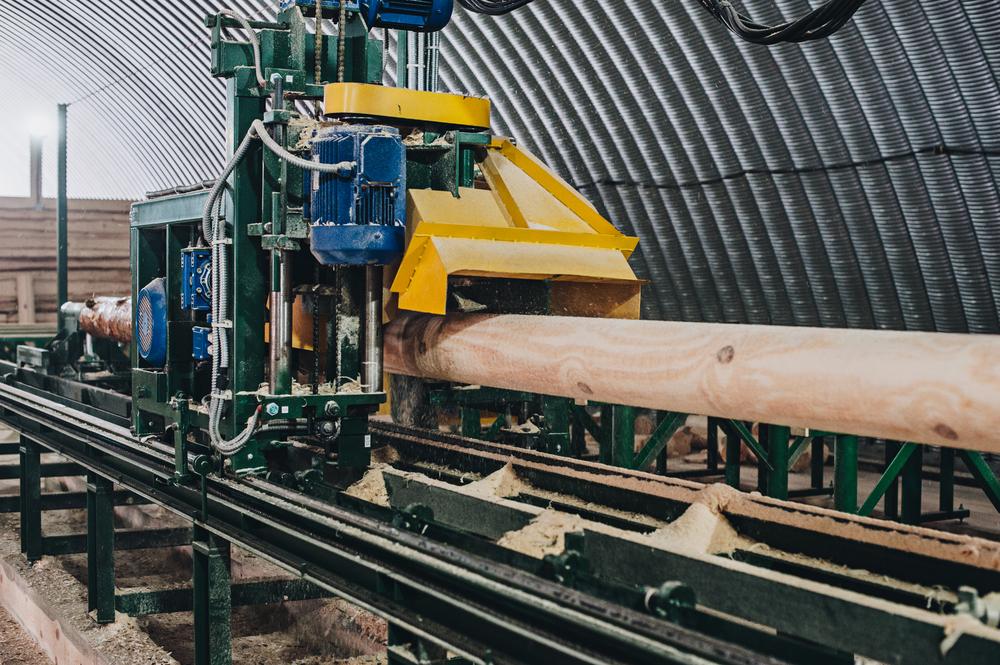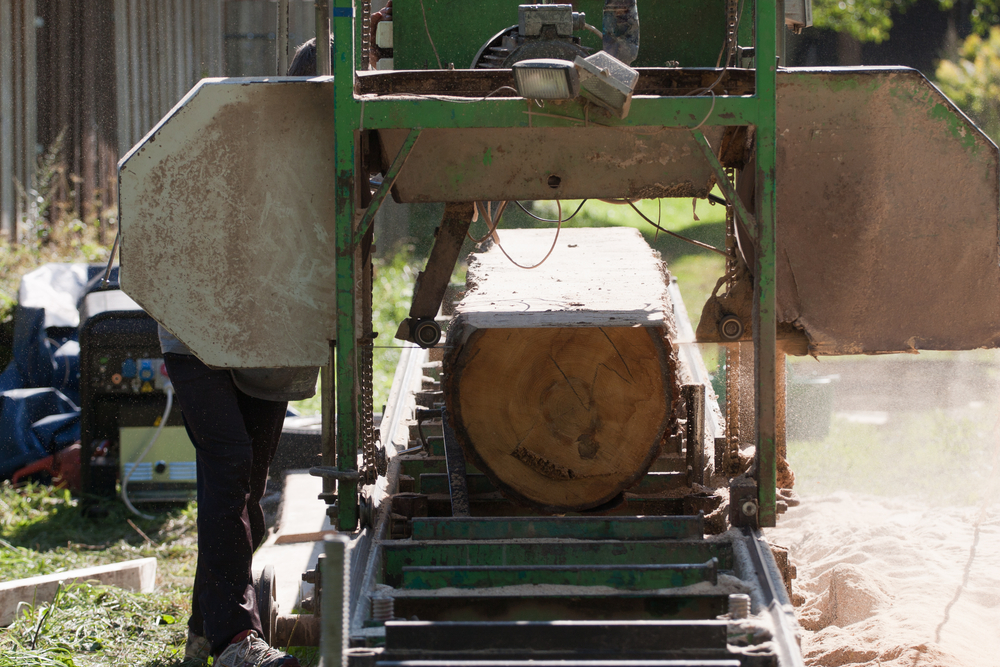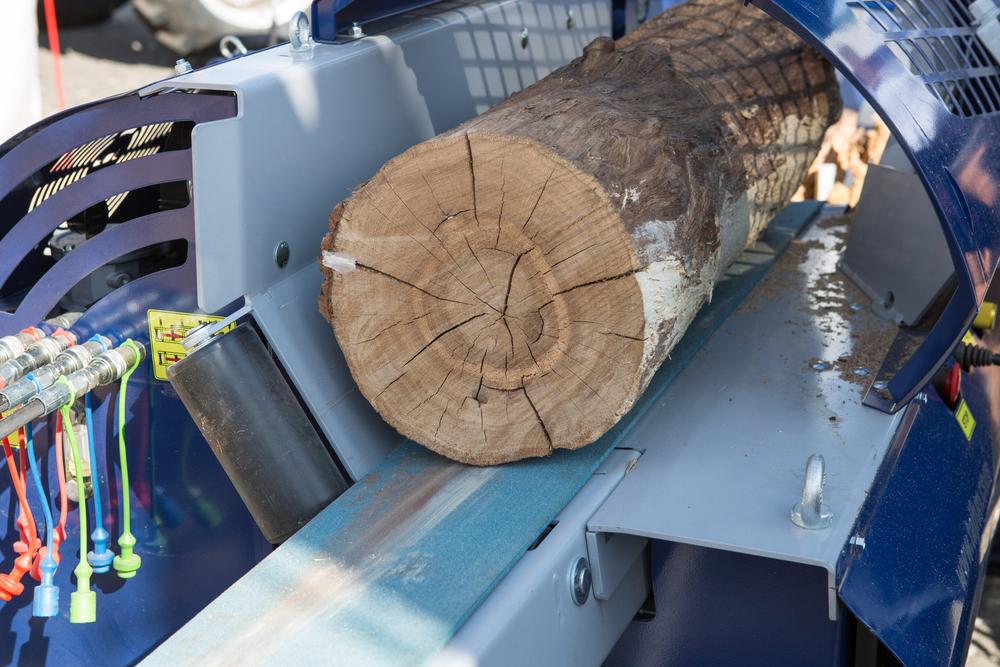Essential Guide to Portable Sawmills for Efficient Lumber Processing
Explore the essentials of portable sawmills, including their types, benefits, challenges, and how to select the right model. Perfect for landowners, hobbyists, and small-scale industries, portable sawmills offer efficiency, cost savings, and mobility for lumber processing needs. Learn about maintenance tips, safety considerations, and buying advice to optimize your wood milling operations.
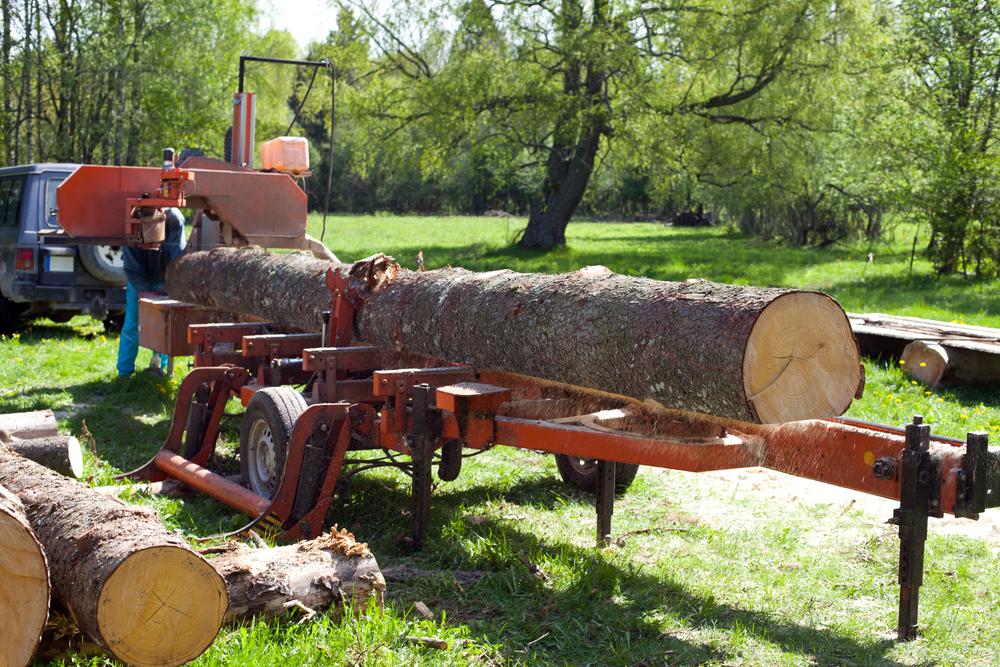
Understanding Portable Sawmills and Their Benefits
Portable sawmills are versatile machines designed for easy setup and transport, contrasting with traditional fixed sawmills. Over the years, various models such as circular, band, and chainsaw mills have emerged to meet diverse industrial and personal needs. These mobile sawmills are cost-effective options for landowners to process logs on-site. Known for precision, speed, and reliability, portable sawmills produce high-quality lumber efficiently, reducing waste and increasing profitability.
How Portable Sawmills Operate
Portable sawmills simplify log processing, enabling quick conversion into finished timber. They are ideal for local market sales and project flexibility. The most common type is the chainsaw mill, which uses a chainsaw mounted on a lightweight metal frame for low-volume jobs. Popular models like DEWALT DWM120K and Rikon 10-305 are preferred for their high performance. Properly maintained band saws can last up to a decade, offering durability and premium results. Circular sawmills feature vertical and horizontal blades, with double-blade options for efficient cuts.
Advantages of Using Portable Sawmills
They generate less waste compared to traditional stationary mills, making them environmentally friendly and cost-saving. Waste can be reduced from 60% to about 20%.
Lightweight and mobile, these mills can be transported easily without requiring large equipment or tractors.
More affordable than fixed sawmill setups, portable mills save money on infrastructure and logistics.
Compact design allows for easier transportation in vehicles, reducing transportation costs.
Options for gas or electric engines, along with add-ons like track extensions and log rollers, enhance functionality.
They improve safety by minimizing the risk of road accidents during log transport.
Challenges of Portable Sawmills
Using portable sawmills demands constant attention to safety and correct operation to prevent injuries. Regular monitoring is essential for safe and effective use.
Choosing the Right Portable Sawmill
Define your purpose—personal hobby, small-scale projects, or industrial production—to select suitable models.
Consider budget options; chainsaws are more economical but assess if they meet your needs.
Evaluate the blade configuration—band or circular—based on the type of cuts and volume you require.
Look into secondhand options. Used sawmills with similar specifications often cost less and can deliver reliable performance.
Disclaimer:
Our blog provides a broad range of practical information across various categories. While our research offers valuable insights, it is not definitive. We are not responsible for discrepancies or inaccuracies found elsewhere or for individual circumstances. Readers should verify details and consider factors specific to their needs before making decisions.

